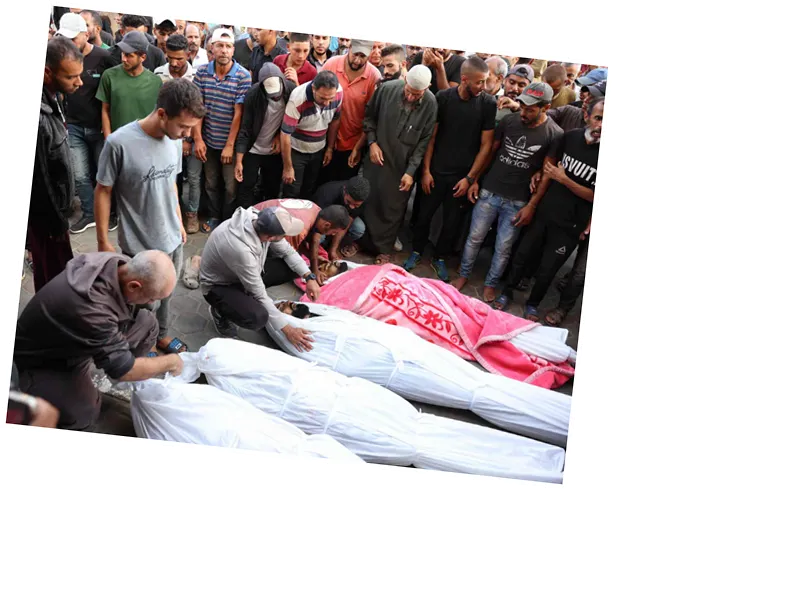Almost all Israeli families evacuated from the outskirts of Gaza after the deadly Hamas attack on October 7 have found housing, Israeli authorities announced this Thursday, on the deadline set for their rehousing. According to Minhelet Tekouma, the office responsible for these families, of the more than 50,000 residents evacuated from localities in southern Israel, 80% returned home between March and July.
Since then, “3,700 people” have been rehoused after obtaining from the authorities that they finance their stay in hotels until August 15. “They are in addition to the 47,000 already resettled,” specifies Minhelet Tekouma in a press release. This office set up by the government in October is responsible for the reconstruction of the area near the Gaza Strip, which suffered the most damage on October 7.
The inhabitants of ten kibbutz partially destroyed by Hamas commandos who cannot return to their homes due to lack of infrastructure are benefiting from temporary housing for at least another year, in various places in the country, according to this press release. The same goes for residents of three other kibbutz very close to Gaza who are prohibited from returning because the sites are still regularly under rocket fire from Palestinian territory, the text adds.
The Israeli Ministry of Defense announced on Tuesday the launch of a pilot project to strengthen the security of residents around Gaza for 715 million shekels, approximately 178,000 euros. These measures “aim to strengthen local rapid response teams, improve physical barriers such as fences and gates, and deploy cutting-edge technologies such as drones, command centers and a specialized civilian communications network,” he said. specified the ministry in a press release.
The security apparatus and the government of Prime Minister Benjamin Netanyahu found themselves under fire after the unprecedented incursion of Hamas from Gaza onto Israeli soil. The Palestinian Islamist movement then quickly neutralized Israeli surveillance resources, kidnapping several soldiers and temporarily taking control of their bases.
The Hamas attack on October 7 resulted in the deaths of 1,198 people, the majority civilians, according to an AFP count based on official Israeli data. Of 251 people kidnapped, 111 are still being held in Gaza, of whom 39 are dead, according to the army. The Israeli retaliatory offensive left at least 39,965 dead, according to data from the Health Ministry of the Hamas-led Gaza government, which does not detail the number of civilians and fighters killed.
The Israeli army (IDF) is said to have used Palestinian civilians in the Gaza Strip to protect its own personnel from the danger of booby traps. According to an Israeli newspaper report, those affected were arrested and then forced to search tunnels and houses before IDF soldiers entered them. This is said to have happened with the full knowledge of high-ranking Israeli officers - although such practices are prohibited according to the IDF.
According to the paper, this description is just one of many that they have received, some from soldiers, others from commanders. But a clear picture is emerging: In recent months, Israeli soldiers have used human shields all over the Gaza Strip; even IDF Chief of Staff Herzi Halevi knows about it. "The head of the Southern Command, Major General Yaron Finkelman, also knows about it," a source in the IDF Southern Command said.
The men arrested were not suspected terrorists, Hamas members or other prisoners, according to the report. Instead, they were arrested specifically. Beforehand, civilians were scouted and those who were believed to be useful in their operations against Hamas in dense urban areas were selected.
The IDF press office told Haaretz that the incidents were being investigated. "IDF instructions and orders" prohibit the use of civilians from the Gaza Strip. This was "made clear to the armed forces." However, according to the newspaper's report, soldiers' internal concerns with their superiors were often played down.
Israel has repeatedly accused Hamas in the past of hiding among the Palestinian civilian population and using them as human shields. This argument has often been used to justify the high number of civilian casualties that the war in the Gaza Strip has caused.






